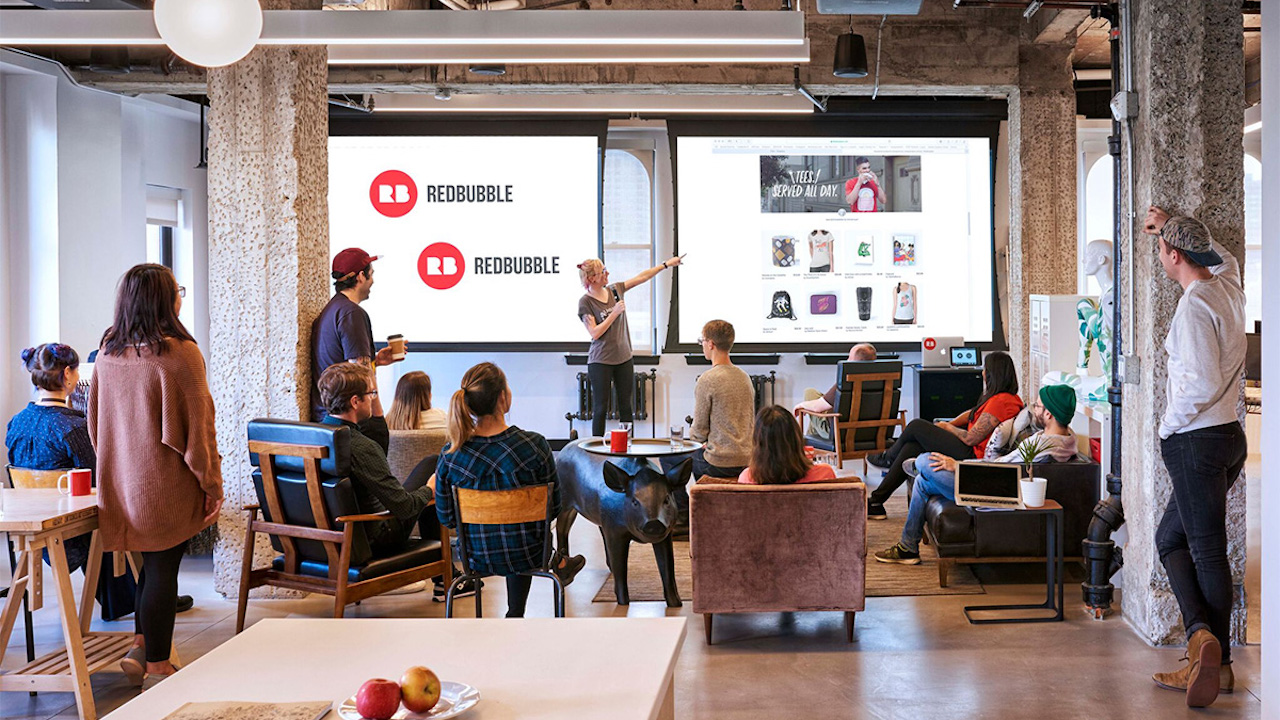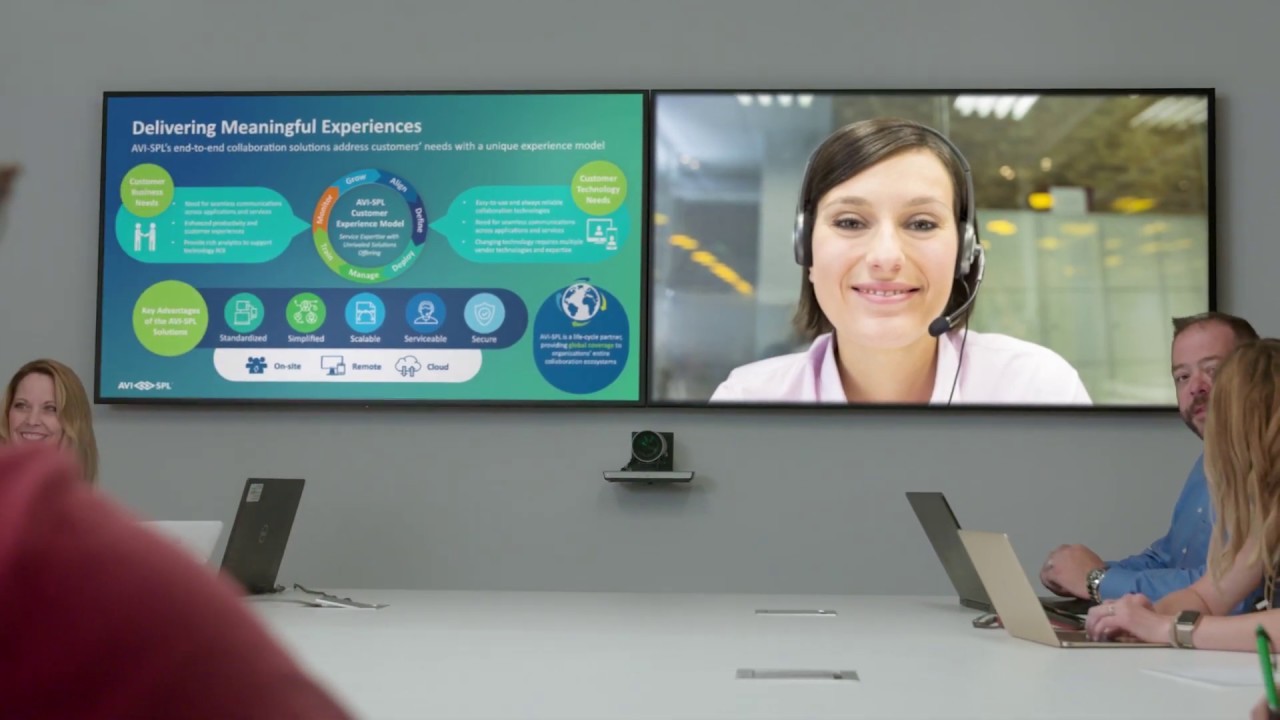Business Directory Service Upgrades Offices With Zio AV-over-IP Technology

A leading business directory service headquartered in San Francisco has been experiencing significant growth, requiring the company to devise ways to improve enterprise-wide communications and productivity. Previously, a bevy of PCs were used throughout the organization to distribute digital signage content. However, management of so many PCs became a problem as the firm's communication requirements grew.
[RGB Spectrum Adds W4000 Video Wall Processor to Zio AV-over-IP Platform]
To solve this, the company enlisted AVI-SPL to implement RGB Spectrum’s Zio enterprise-wide AV-over-IP solution, which supports remote device management and delivers content to displays and video walls throughout its San Francisco and Scottsdale, AZ offices and remote facilities.
Zio codecs distribute on-demand digital signage content including internal corporate communications, visitor messages, live videoconferencing, web content, and dashboards. Streamed content can be routed and displayed as single images or multi-windows on screens or on video walls.
Zio encoders handle 4K 60 signals using bandwidth-efficient compression over standard 1Gb ethernet infrastructure. The Zio ecosystem encompasses third-party hardware and software, including cameras, mobile phones, smart displays, and software apps. At its core is a control system that manages RGB Spectrum’s own components and third-party hardware. The system also offers scripting for control of other connected devices, such as room lights and monitors, using the industry-standard Python scripting language.

Operation is designed to be intuitive. The GUI features live video thumbnails and drag-and-drop operation, and the system can be managed by third-party control devices, providing multiple points of control. Zio offers a distributed control architecture that doesn’t rely on a single-point-of-failure server, providing reliability as well as cost savings.
"RGB Spectrum's Zio platform enables our company to solve our digital signage requirements with a system that can accommodate a wide variety of signal types, so that we can easily add and combine resources,” a company spokesperson said. “That flexibility allows us to use the system in a wide variety of spaces, mixing and matching video resources at will."
A daily selection of features, industry news, and analysis for AV/IT professionals. Sign up below.
The AVNetwork staff are storytellers focused on the professional audiovisual and technology industry. Their mission is to keep readers up-to-date on the latest AV/IT industry and product news, emerging trends, and inspiring installations.
